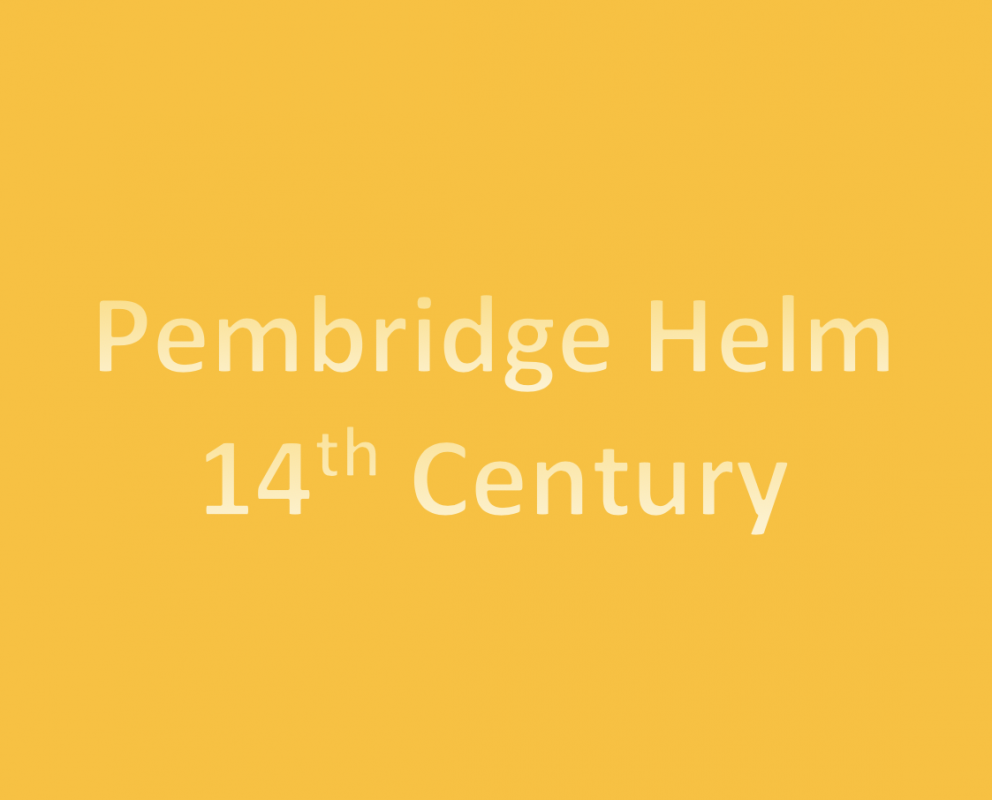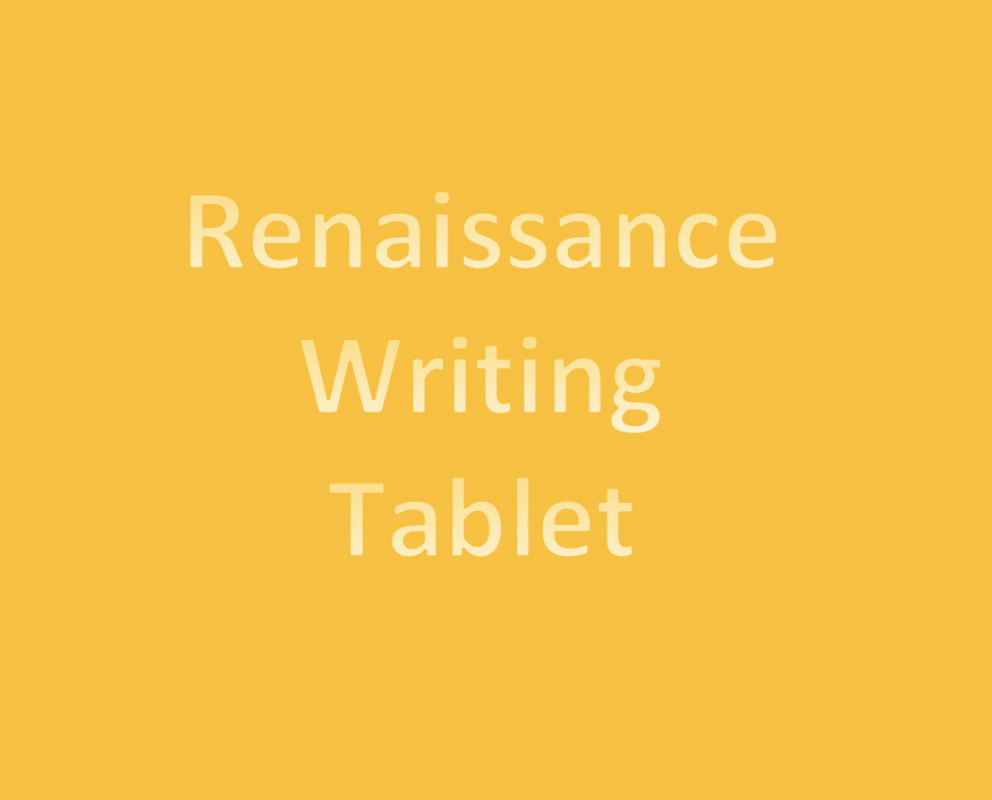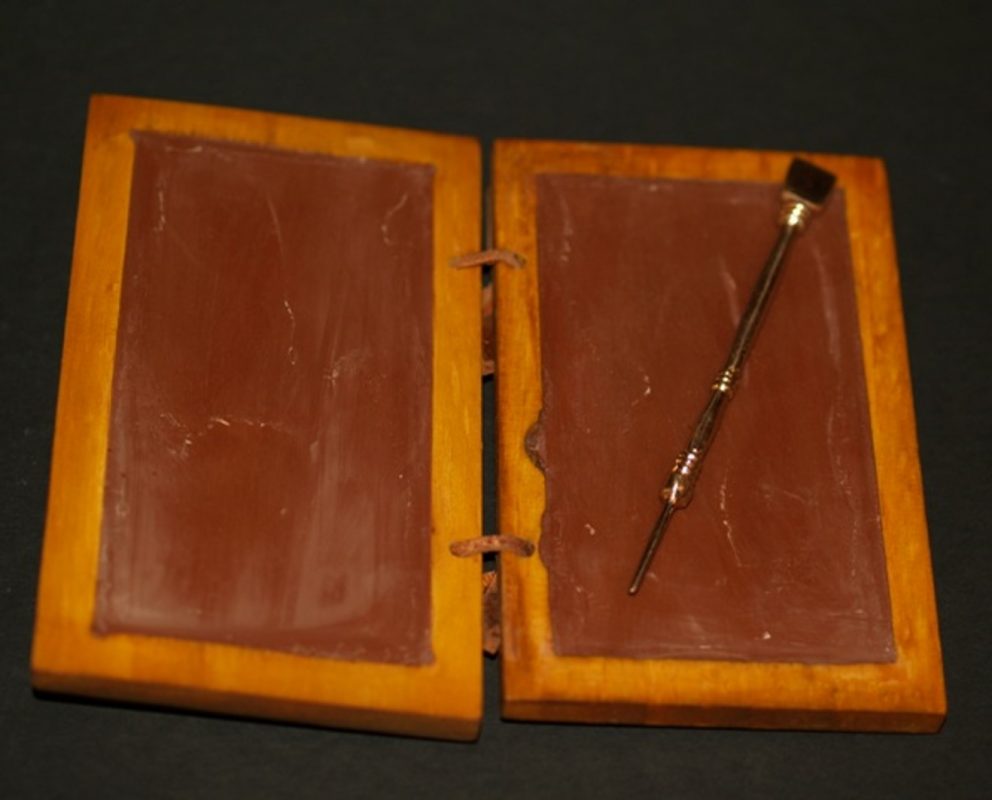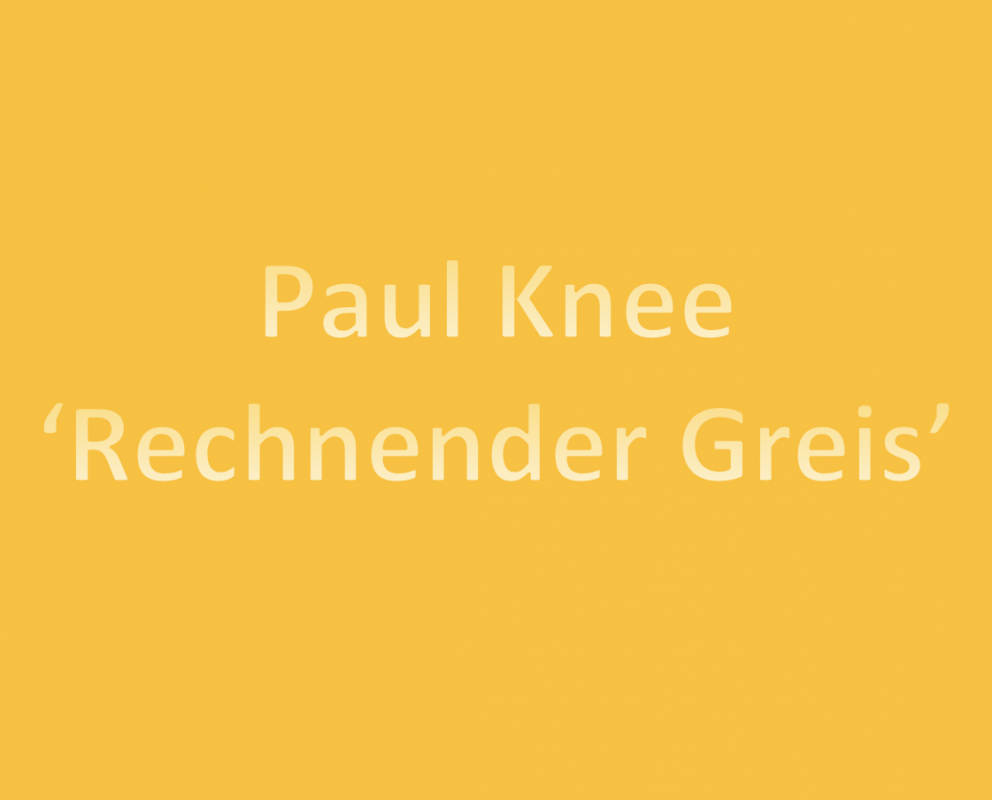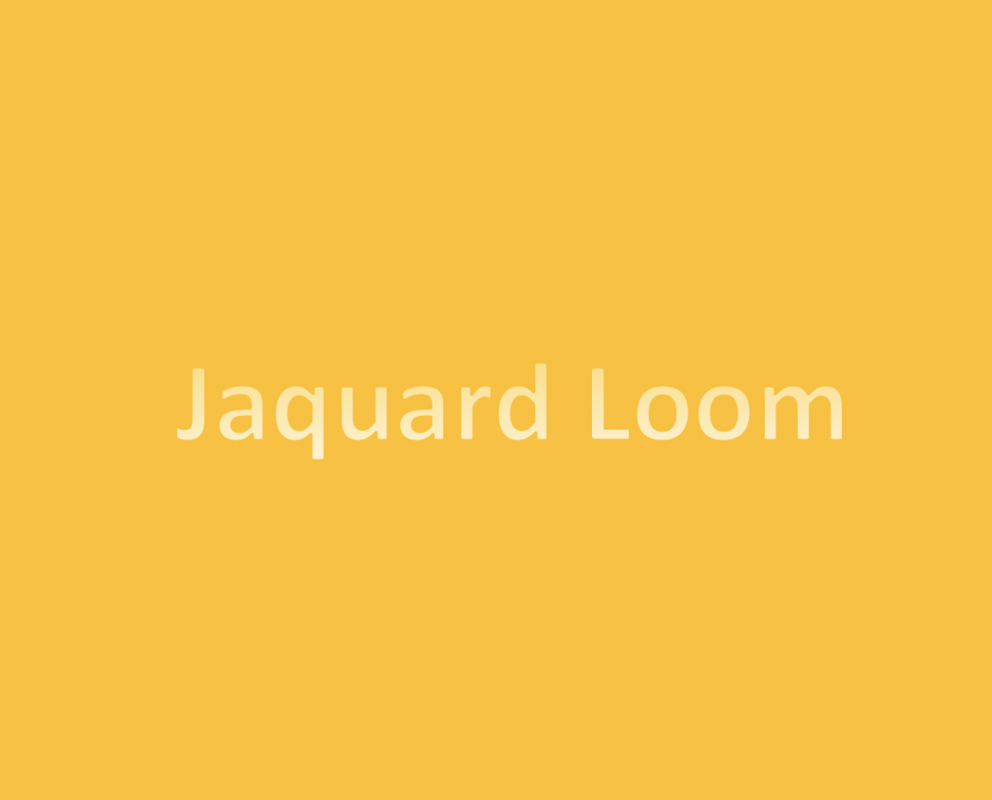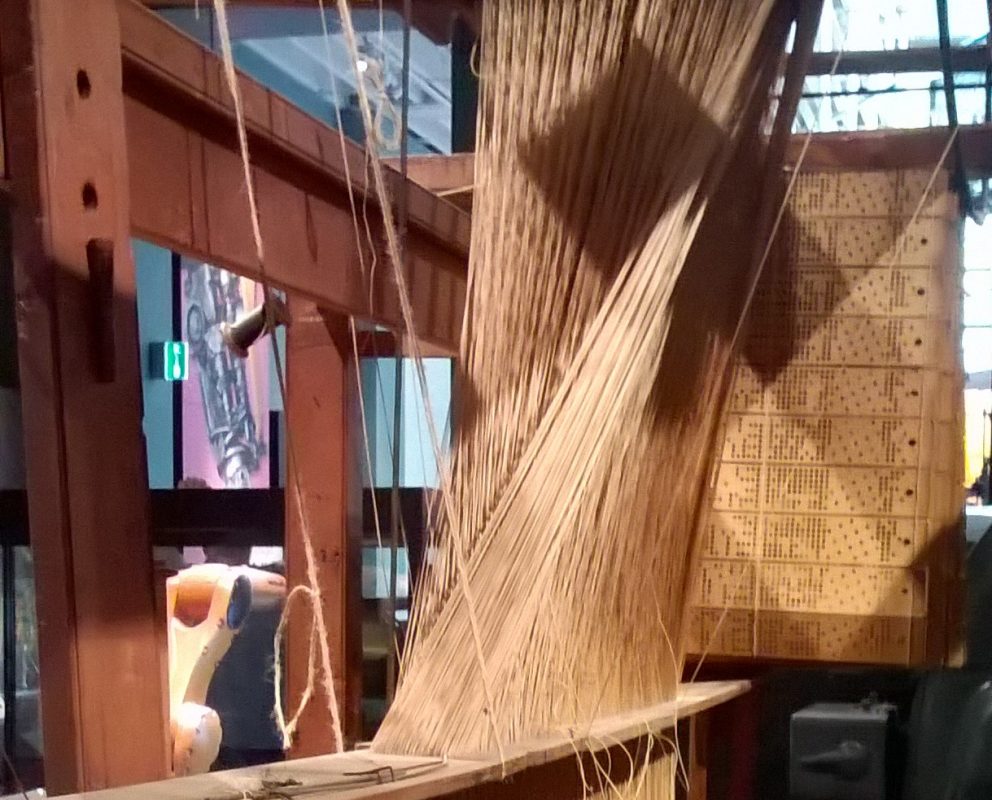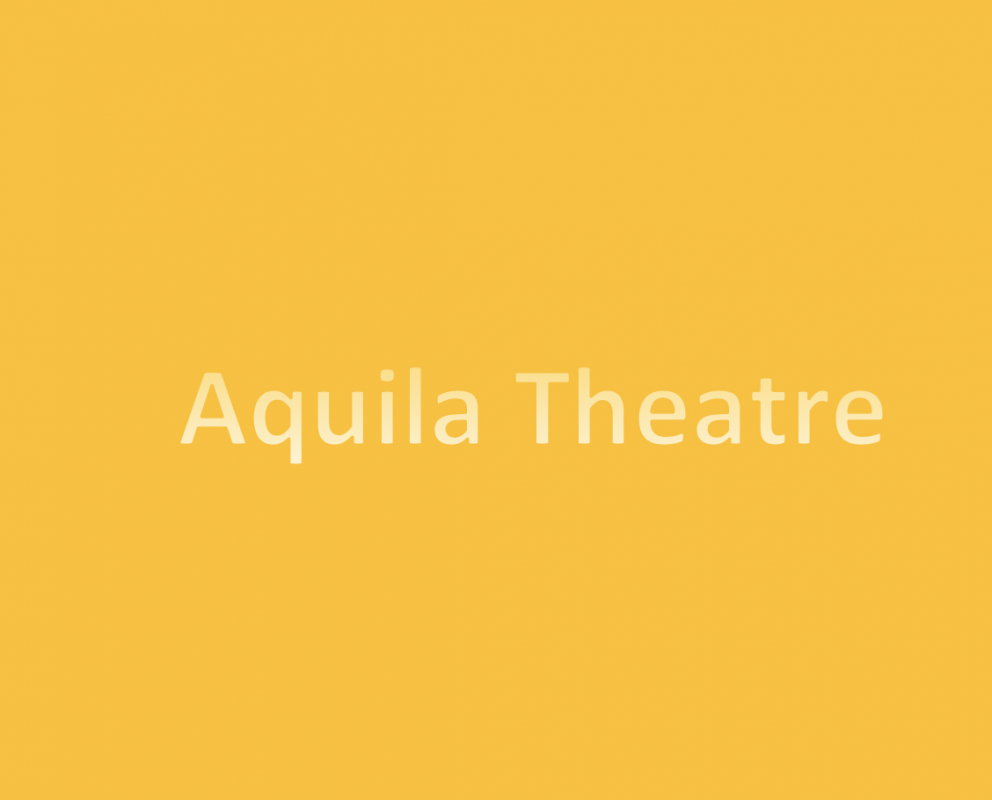Principal and Co-investigators
Dr Miranda Anderson
Prof Douglas Cairns
Dr Mark Sprevak
Prof Michael Wheeler
Dr Peter Garratt
Prof George Rousseau
Research Organisations
University of Edinburgh
University of Stirling
University of Durham
University of Oxford
Funding sources
AHRC
Dates of funding
2014 - 2018
‘Neither the bare hand nor the unaided intellect has much power; the work is done by tools and assistance, and the intellect needs them as much as the hand.’ (Francis Bacon)
Distributed cognition—the idea that cognition or the mind extends across brain, body and world, rather than being just brain-based—is much discussed in current philosophy and cognitive science. The philosopher David Chalmers claims that his iPhone has taken over some of his brain functions: it stores and provides access to information (relieving the burden on his biological memory) and figures out sums (offloading calculations previously done inside his head). Chalmers says that if he were to have his iPhone surgically implanted inside his head the only thing that would significantly change would be the speed of his processing; the iPhone is part of his mind already. Claims about minds extending into external objects tend to use as their central cases recent technology like iPhones. What our project shows is the diversity of ways in which ideas about distributed cognition have been expressed (or suppressed) in earlier beliefs and practices from the classical period to the early twentieth century. We have collaborated with National Museum of Scotland (NMS) to illustrate the cognitive role of artefacts in their collections, as well as creating a series of online seminars and lectures and gathering together scholars from across the humanities to create a new four-volume series on the History of Distributed Cognition (Edinburgh University Press, 2018–19).
Distributed Cognition raises questions about the nature and role of galleries and museums, demonstrating ways in which most of the artefacts extend human beings’ cognitive or physical capacities. Encounters with museum artefacts involve both a conceptual encounter with an object’s caption and an experiential encounter with the object itself. As Guillemette Bolens describes in her online lecture, when we perceive an object, such as this helmet (Figure 2), we sense the weight and actions we might perform with it or when wearing it. Yet, in some instances the contingent nature of our tacit knowledge may affect the extent to which artefacts prompt a kinesic or kinaesthetic response; the cognitive capacity to simulate holding, wearing or interacting with an object relates partly to prior embodied and cultural experience, with more conceptual scaffolding (for example, via illustrations of past uses) needed for more obscure artefacts. As described by Tacye Phillipson, devices like mechanical calculators, whose use may seem intuitive in one period often require significant amounts of culturally embedded knowledge that belie their apparent simplicity. Older people sometimes struggle with new technologies that seem intuitive to those who have grown up embedded in a culture saturated with them. Distributed cognition invites a broad spectrum of disciplinary approaches, enabling a richly diverse appreciation of the reciprocal ways in which artefacts and humans have shaped each other.
*
Philosophers Andy Clark and David Chalmers ask us to compare two people trying to recall how to find the Metropolitan Museum of Modern Art: Inga who uses her biological memory alone and Otto, whose biological memory is impaired and uses his notebook to find the location. Clark and Chalmers argue that the role played by the stored information in guiding behaviour has ‘sufficient functional similarity’ to warrant treating both Inga’s use of biological memory and Otto’s use of a notebook as cognitive processes. In a sense, the notebook is part of Otto’s mind. This Renaissance writing tablet provides some of the same functions as a notebook or computer tablet. Tablets and notebooks do not compute or store information in quite the same way as the brain, or as each other, but they can for that reason be useful in supplementing our neural capacities. Through their differences, as well as similarities, various forms of representational, computational and mnemonic strategies can be used to supplement our biological limitations.
*
The National Gallery of Scotland has also been generous in supporting our use of artworks, such as this painting by Paul Klee entitled ‘Rechnender Greis’ (‘Old Man Calculating’). We can also see here the way in which the body can be used to extend the mind; the word ‘digital’ originates from the word digit, of which we have five on each hand.
*
But these ten digits are rarely enough, prompting the invention of tools such as this tally stick. Tally Sticks are pieces of bone or wood scored across with notches that were used to record numbers or messages: they are ancient memory-aid devices. This example was used in the West African peanut trade in the nineteenth century. However, use of tally sticks dates back to at least around 30,000 years ago. Like the oft-cited modern example of an iPhone, a tally stick remembers, so you don’t have to.
*
Ed Hutchins in Cognition in the Wild discusses the ways in which navigation tools incorporate expertise, while navigation teams also work collaboratively to compute calculations – the mind is spread across technological and sociocultural practices. Tools controlled by bodily action have given way to automated tools which outsource repetitive or demanding mechanical processes, such as the Jacquard Loom. The Jacquard Loom not only moved faster and more reliably than a human weaver, it took over some of the weaver’s cognitive load and allowed greater design complexity than would ordinarily be available from the average human weaver’s brain alone. Charles Babbage, inspired by this system, suggested the use of punch cards to programme his Analytical Engine, the first mechanical computer.
*
Another theme a couple of the essays in our volumes explore is the use of masks. Rather than being merely an instrument of disguise, masks effect the wearer’s facial expressions and orient their actions, while the way spectators interpret the masks’ ambiguous expressions makes evident our use of bodily gestures to infer another’s emotions. In a trajectory familiar to those who work on the history of the book, a museum also makes evident the shift from oral traditions to literacy through the preservation of early memorial stones carved first with only images, then manuscripts which enabled more detailed storage, manipulation and communication of information, then printed books and presses that enabled the sharing of information on a larger scale, and finally we emerge into the modern world of computers and the internet.
*
These are just a few examples of the diverse ways in which the mind has always extended across brain, body and world and of its implications for rethinking the nature and our experience of museum artefacts and works of art. Distributed Cognition raises questions about the nature and role of galleries and museums, demonstrating ways in which they can be understood as the home of human mind tools. More generally, distributed cognition makes a case for the fundamental significance of culture to humans. Looking forward, we are next planning an exhibition with the Talbot Rice Gallery in 2019-20, which will consider how contemporary art explores and reflects ideas about distributed cognition.
Website: www.hdc.ed.ac.uk
Close



